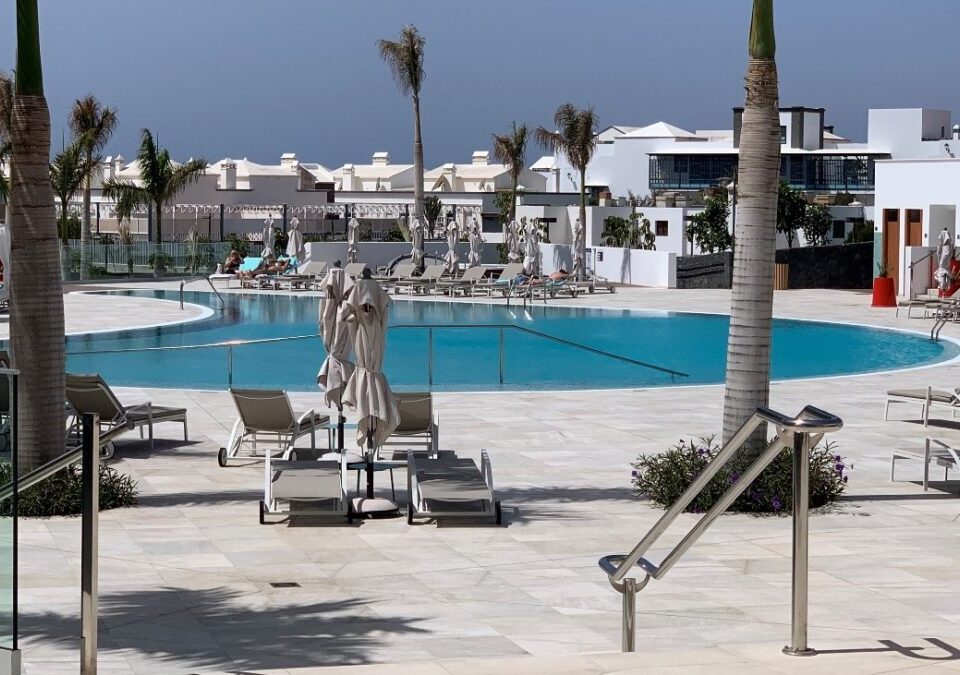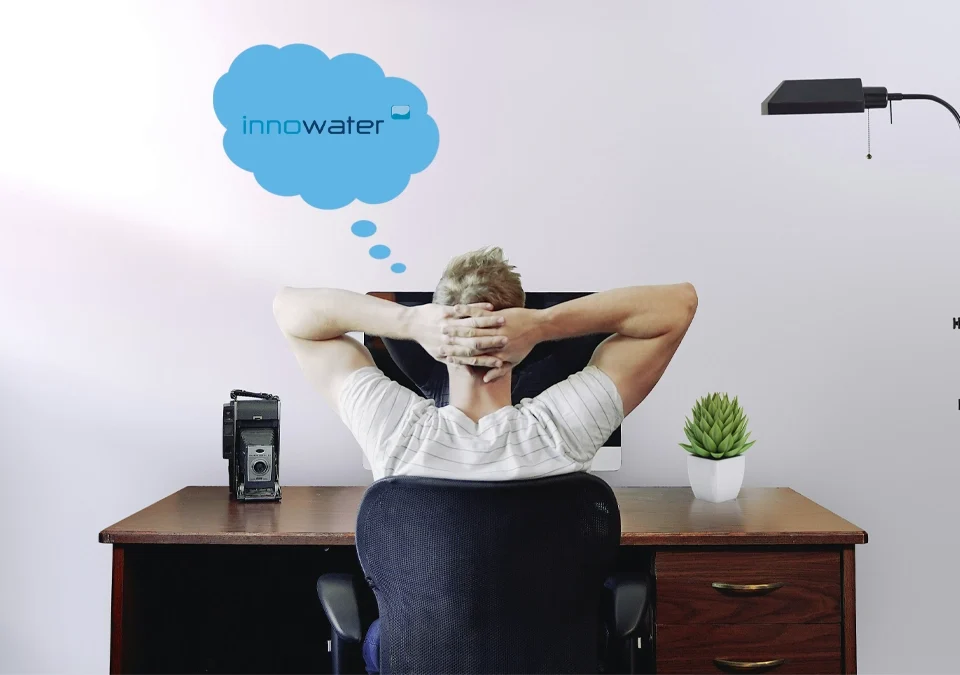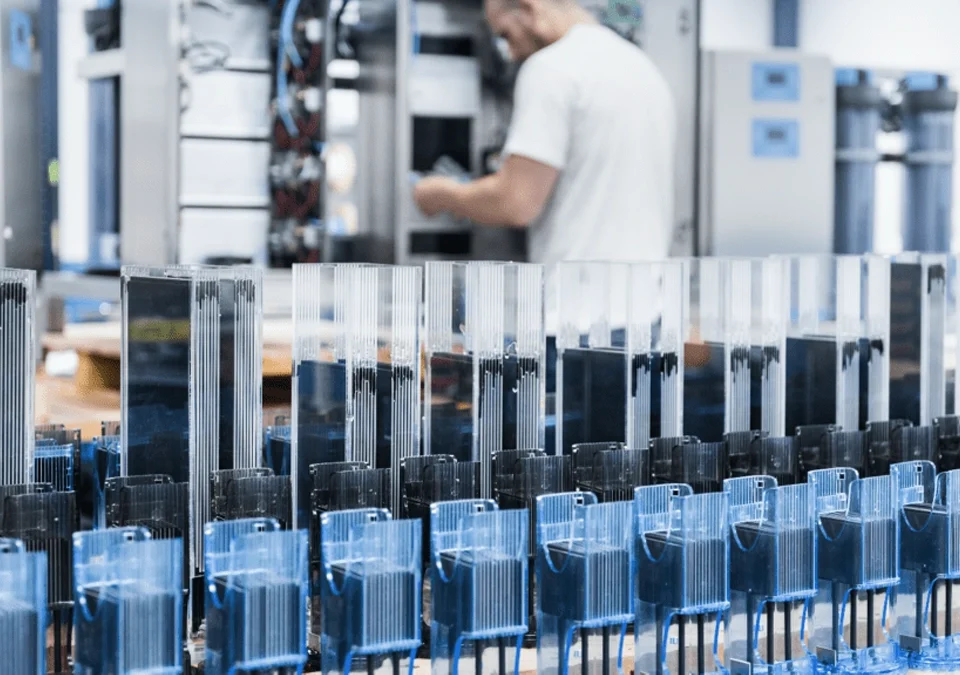
Get Your Pool Ready for Summer with Innowater: Saltwater Chlorination and Smart Water Control
14 May, 2025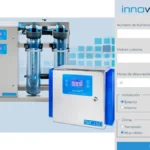
Looking for the Best Salt Water Chlorinator for Your Pool?
12 June, 2025Learn how to convert your pool to salt water chlorination. Do you want a healthier pool with fewer chemicals and easier maintenance? Switching your pool to salt water chlorination is one of the best decisions you can make. In this article, we’ll explain how to transition from traditional chlorine to a salt water system; simply, safely, and practically.
What Is Salt Water Chlorination and How Does It Work?
Salt water chlorination is a disinfection system that naturally generates chlorine through a process called saltwater electrolysis. Pool water, containing a low concentration of salt, flows through a salt water chlorinator equipped with electrodes. Inside, an electrochemical reaction produces hypochlorous acid, the main disinfectant agent responsible for keeping the water clean and safe.
Benefits of Switching to Salt Water Chlorination
Choosing saltwater chlorination offers multiple advantages for both pool maintenance and swimmer well-being:
- Healthier, more natural water
- Lower use of chemical products
- Significantly reduced maintenance
- No skin or eye irritation
- Protects swimwear and eliminates strong chlorine odors
- Reduces the risk of freezing damage in cold climates
How to Convert Your Chlorine Pool to Salt Water Chlorination
Contrary to popular belief, installing a saltwater chlorinator in an existing pool is easier than it seems. All you need is a bit of space in the technical room where your filtration system is located.
Steps to Install a Salt Water Chlorinator:
- Prepare the existing system
Ensure your pool water has a low chlorine concentration. Let it naturally dissipate or partially drain the pool and refill it with fresh water. - Cut the return pipe
Locate the section of pipe that runs from the multiport valve to the pool return jets. This is where the salt chlorinator will be installed—after the filtration system. - Install the electrodes and cell housing
Fit the chlorinator cell into the return line and connect the electrodes to the corresponding electrical panel. - Install a bypass system (Recommended)
Add shut-off valves to allow water to bypass the chlorinator for easier maintenance and better flow control. - Add salt to the water
Add the amount of salt recommended by the chlorinator’s manufacturer (typically between 4–6 g/L). Use only pool-grade salt. - Check all connections and system operation
Make sure all valves are closed during installation. After completing the process, check for leaks and confirm that the system is working properly.
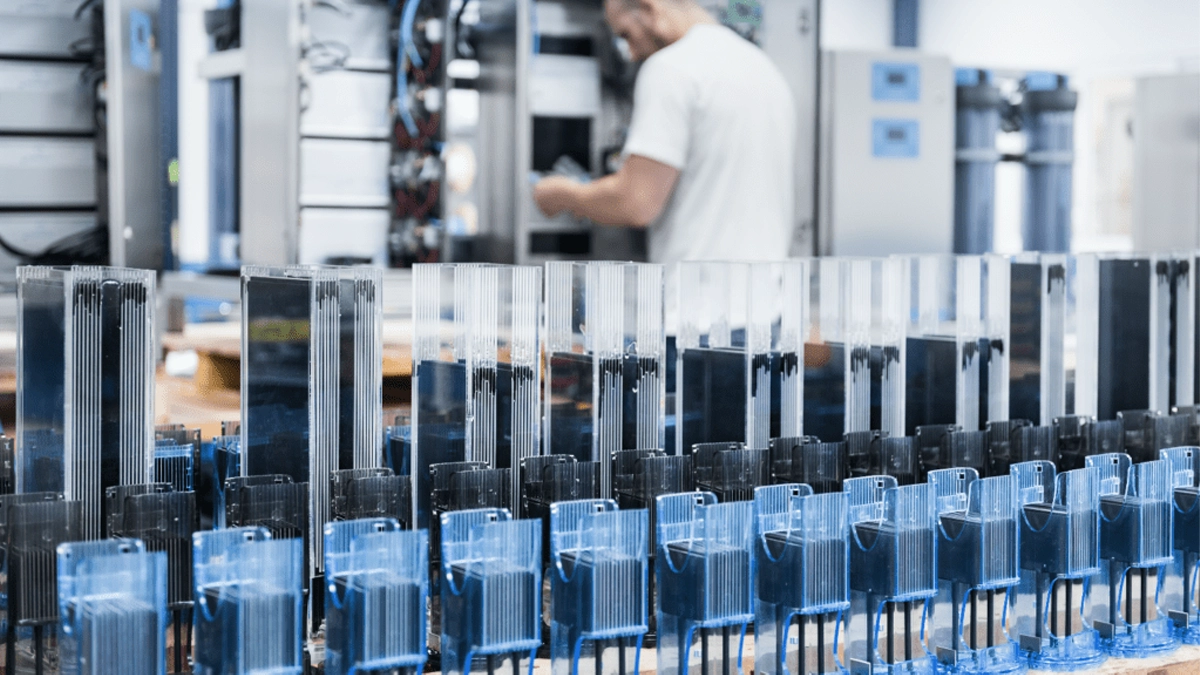
How to convert your pool to salt water chlorination
Important: Trust Certified Professionals
Although the process is straightforward, hiring a qualified installer ensures the equipment is perfectly suited to your pool’s specific needs (volume, usage type, temperature, etc.). Trust Innowater, a leader in saltwater chlorination systems for both private and commercial pools.
Whether it’s a residential, community, or public pool (such as in schools, gyms, or hotels), saltwater chlorination is a smart investment in health, efficiency, and sustainability.
Ready to Make the Switch?
Switching to salt water isn’t just easy, it’s a smart upgrade. It enhances the swimming experience, reduces long-term costs, and protects everyone who uses your pool.
Find the ideal salt water chlorinator for your pool with our digital calculator.
Or if you prefer, contact us directly for expert advice tailored to your specific pool setup.


